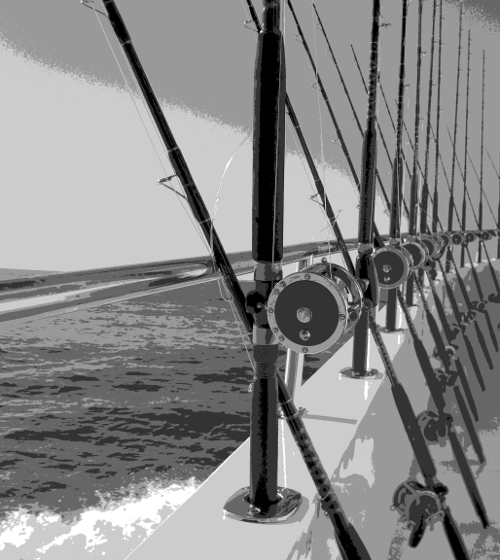Seafood potential probed
 Sustainable seafood could help feed the world in 2050.
Sustainable seafood could help feed the world in 2050.
Experts say that annual global production of food from the sea could increase by 21 to 44 million tonnes by 2050. This would be about 12 to 25 per cent of the increase in all meat needed to feed 9.8 billion people by mid-century.
However, realising such an increase in sustainable food production would depend on various factors, including policy reforms, technological innovation and future demand.
Researchers in the US have used data from 4,702 wild fisheries to model future production, and also estimate mariculture potential around the world.
They calculate global supply of food from the largest three ocean food sectors — wild fisheries, and finfish and bivalve mollusc mariculture — in 2050, using bioeconomic models that take into account factors such as economic management and feed constraints.
Comparing these supply estimates with demand scenarios, they calculated potential future production of food from the sea.
The findings indicate that all three sectors, and especially both of the mariculture sectors, are capable of sustainably producing substantially more food than today. Under scenarios that account for policy reform and technology improvements, seafood production could potentially provide up to a quarter of the estimated increased in meat required to feed the global population in 2050.
The study also suggests that the composition of seafood could differ substantially in the future: while wild fisheries dominate today, up to 44 per cent of food from the sea could come from mariculture by 2050.








 Print
Print